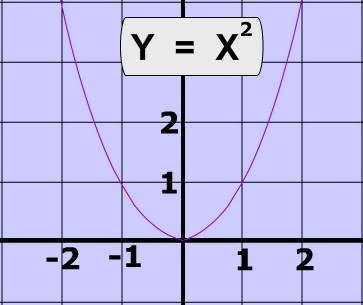
We don't need to work out how we're going to answer this question as the question already states we need to put the equation into complete the square form. As it's x2 though, we already can have an idea that it'll look something like this on a graph:

Remember, to complete the square, we need to half the coefficient of x and then minus whatever that is squared off the end of the equation. You should get something like this:
Sketching the graph, we know that the curve is going to be moved along to the right 3 units because of the "-3" inside the brackets.

The -9 on the end also tells us the graph needs to be pull down 9 units.
So we can now see what the minimum point of the graph is: (3, -9). All we need to do is work out the points of intersection - easy, just substitute x into the original equation with 0.
y = 0.
So we now know that the equation crosses the x and y axis at the origin, (0, 0).



